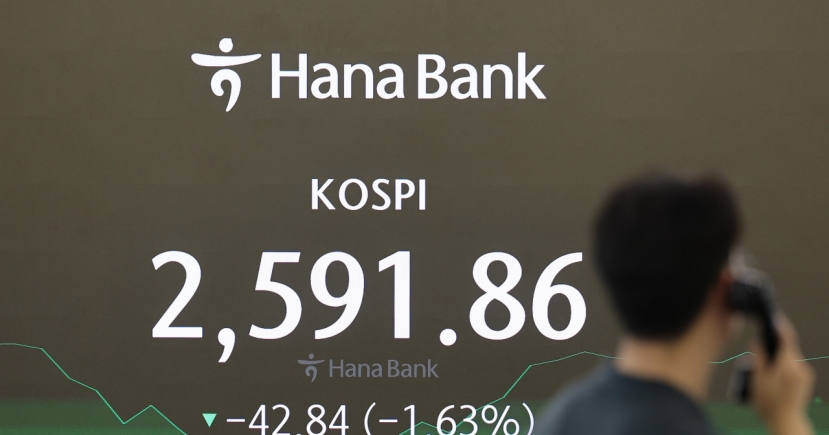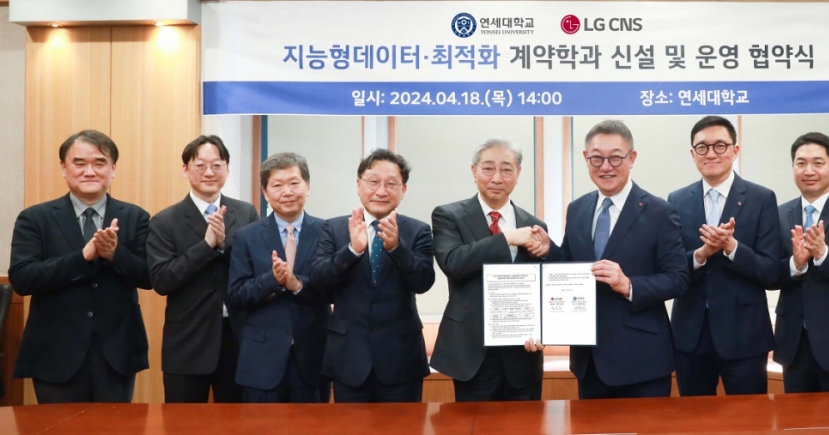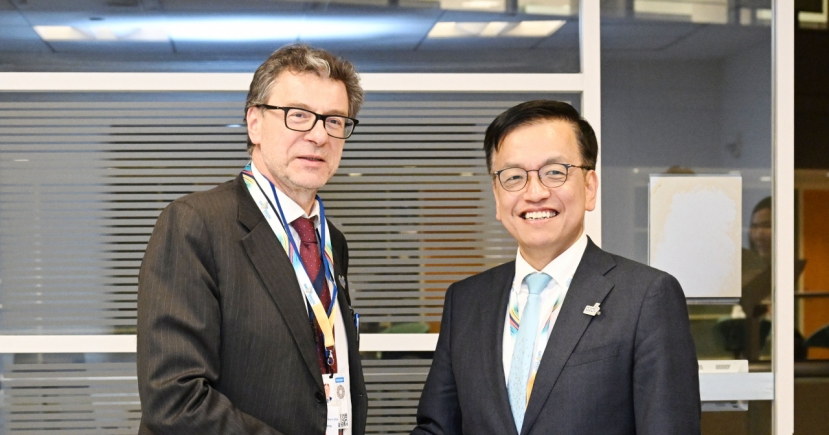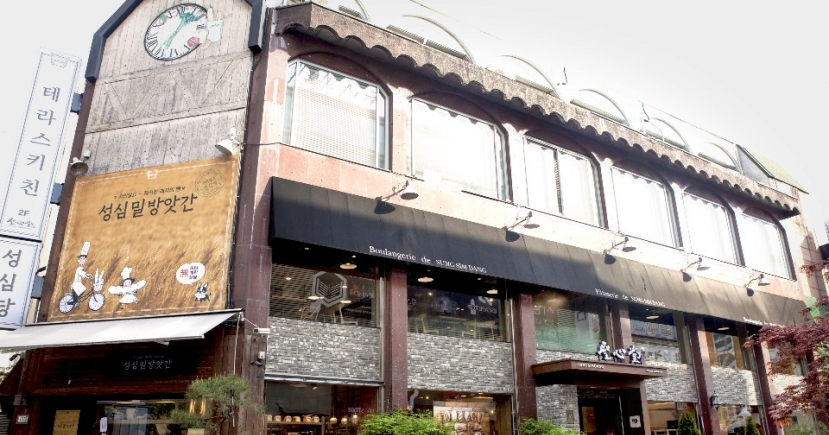Economy
Welfare spending cuts into SOC investment
[THE INVESTOR] The need to finance President Moon Jae-in’s programs to expand welfare benefits and create more jobs is set to cut deeper into government infrastructure spending.
The draft budget for next year, which Finance Minister Kim Dong-yeon unveiled in a meeting with ruling party officials last week, calls for a 6.7 percent increase from this year to 427 trillion won ($375 billion). The increase rate would be the highest since 2009, when the national budget expanded 10.7 percent to fund stimulus measures in the aftermath of a global financial crisis.
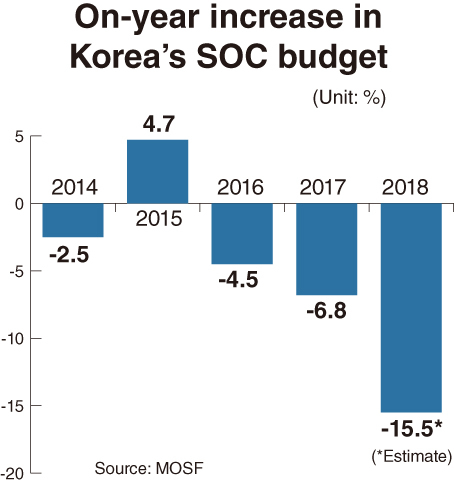 |
Welfare spending is expected to rise from 129.5 trillion won this year to around 140 trillion won next year, accounting for more than one-third of the budget for the first time.
But infrastructure spending is set to decrease 15.5 percent in 2018 from 2017, based on a compilation of outlays planned by government agencies.
Budget planners have cut expenditures on social overhead capital in the last few years, saying Korea has sufficient SOC stock, or infrastructure.
The SOC budget, which recorded an on-year increase of 4.7 percent in 2015, fell 4.5 percent and 6.8 percent in 2016 and 2017, respectively.
Under a five-year fiscal management scheme worked out last year by former President Park Geun-hye’s government, infrastructure spending was to be reduced by an annual average of 6 percent from 26.1 trillion won in 2015 to 18.5 trillion won in 2020.
The reduction is expected to be made at a far faster pace under the Moon administration, which is trying to secure funds to carry out his lavish programs to increase welfare benefits and job opportunities.
Moon has recently promised to expand the scope of medical treatments covered by health insurance and increase support for small business owners in addition to 100 key policy tasks announced in July, which are estimated to cost at least 178 trillion won over the coming five years.
In last week’s meeting with budget planners from the Ministry of Strategy and Finance, lawmakers of the ruling Democratic Party of Korea called for implementing an expansionary fiscal policy and restructuring fiscal expenditures to help finance welfare and job creation programs pledged by Moon.
Cutting back infrastructure investment is deemed an easy option for spending readjustment.
Prime Minister Lee Nak-yon said in a recent interview with a local daily that infrastructure spending would be slashed in next year’s budget, which is scheduled to be submitted to the National Assembly by Sept. 1.
Much of some 11 trillion won to be secured by readjusting fiscal expenditures in 2018 is expected to come from a double-digit cut in infrastructure investment.
“The possibility cannot be ruled out that next year’s SOC budget will be cut by more than 20 percent from this year,” said a government official, who asked not to be named.
Experts express concerns over the government’s approach, which they say is based on misperceptions and goes against efforts to bolster the country’s sluggish economy.
They note judgment on the sufficiency of a country’s SOC stock can differ depending on what standards are used for international comparison.
For example, Korea ranks high among Group of 20 major economies in terms of the combined length of roads per territory, but its ranking plummets to near the bottom in per capita length.
The planned cut in infrastructure investment also turns a blind eye to the need to refurbish aging facilities across the country.
In a seminar earlier this year, Park Soo-jin, a researcher at the Construction and Economy Research Institute of Korea, noted demand for SOC improvement would rise sharply in the coming years as the endurance period of decadeslong infrastructure facilities in the country comes to an end.
He forecast the fiscal management plan drawn up last year could cause up to 47 trillion won of shortage in SOC spending over the next five years.
According to his estimates, the reinvestment needed for existing infrastructure facilities would amount to 53.4 trillion won in 2016-2025 and 118.2 trillion won in 2026-2035. In the 10 years following, the amount was projected to further rise to 300.3 trillion won.
Experts say the country needs to expand infrastructure investment as part of fiscal expansion aimed at boosting growth and creating jobs.
According to data from Statistics Korea, construction investment contributed 1.6 percentage points to the 2.8 percent growth last year, helping shore up the labor market.
Reflecting a decrease in fiscal spending on infrastructure, orders for local civil engineering projects fell 16 percent from a year earlier to 38.2 trillion won last year.
By contrast, housing and other construction orders surged 12.6 percent to 126.7 trillion won. But housing construction can no longer be expected to help bolster the economy as measures taken earlier this month to curb rising home prices are weighing on the real estate market.
Experts say Korea needs a new strategy for infrastructure investment, which could enhance the efficiency of the economy and make better preparations for a new wave of industrial renovations.
They note a sharp cut in SOC expenditure would result in funding indispensable infrastructure projects with private capital, which would come round to increasing financial burden on people in various forms of usage fees.
By Kim Kyung-ho/The Korea Herald (khkim@heraldcorp.com)


